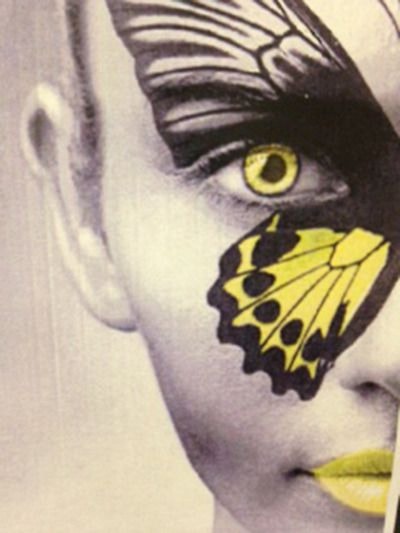Sexual Child Abuse
Sexual abuse of a child is another form of physical abuse, and will always impact on a child’s emotional/psychological wellbeing to some degree. It can happen to boys and girls alike, and to children of any age. It may happen in the home, or in an institution. The sexual abuse of a child can involve physical contact, such as inappropriate touching, forced oral sex or penetrative sex, but it can also involve non-contact forms of abuse. A child who is made to witness sexual acts or view pornographic material is also being sexually abused.
Neglect
Neglect is a very common form of child abuse. Neglect is a failure to provide for a child’s needs, be they emotional or physical. It may involve not providing enough food, warmth, shelter or clothing. It may also be a case of not giving the child a secure and safe emotional base. Neglect may or may not be an intentional abuse. Some abusive adults may use neglect to control a child’s behaviour and emotions. However, it can equally be unintentional if a parent lacks the emotional maturity to understand a child’s needs. Neglect can also result from poverty.
How to recognize the signs of child abuse
Because children are so vulnerable and less able to recognize the abuses perpetrated on them than adults, it is vital that those who are around them are able to spot the signs of child abuse. The different forms of child abuse may result in varying symptoms, but knowing what to watch out for is essential.
Signs of physical
child abuse
A child who is being physically abused may have obvious signs of injury such as cuts, bruises, burns or welts. If these are seen regularly, abuse must be suspected. It can be a tough call, as children do fall or hurt themselves in the normal course of the day, but regular injuries of this type need to be noted. Asking the child how he obtained the injuries can be telling. If he is unable or unwilling to explain, or seems uptight or gives an unrealistic explanation, abuse may be behind it. A child who wears long sleeved or high necked clothing even in warm weather may be trying to cover up injuries. Another warning sign of physical child abuse is flinching from sudden movements by others as though expecting to be hit.
Signs of emotional child abuse
A child who becomes withdrawn, anxious or fearful may be being abused emotionally. Sudden changes in personality or behaviour can also be signs. It is also worth noting that a child who appears to regress to babyish behaviour, thumb sucking or rocking, perhaps, may be experiencing psychological damage from emotional abuse at home.
Signs of sexual
child abuse
If a child is being sexually abused he or she may show obvious signs of discomfort sitting or walking. They may become reluctant to undress or change in public. Conversely, child victims of sexual abuse can become excessively interested in sex, talking about it, looking at pornography or even becoming sexually active or sexually abusive to others.
Signs of neglect
A neglected child may be dressed in ill fitting, dirty or inappropriate clothing. They may give off body odour, be excessively hungry or lose weight. A child whose needs are not met at home may be frequently absent from school, or clearly left unsupervised for periods of time.
If you have been living in an abusive relationship, you may feel confused and afraid and not know where to turn or what to do. You may have mixed feelings of love and anger; wanting the abuse to end, but not wanting the relationship to be over. If you are in immediate danger call 911. For help contact Interior Health Crisis Line 1-888-353-2273.
